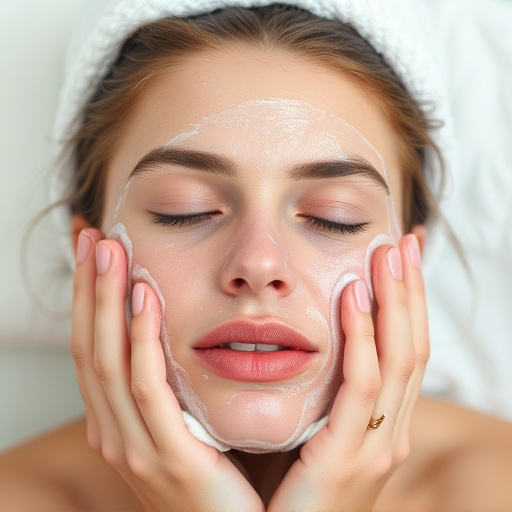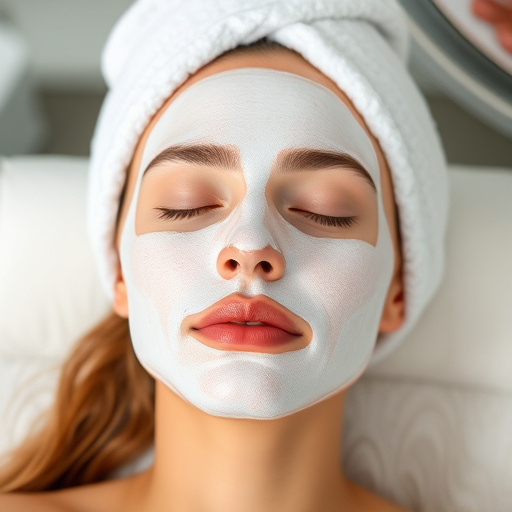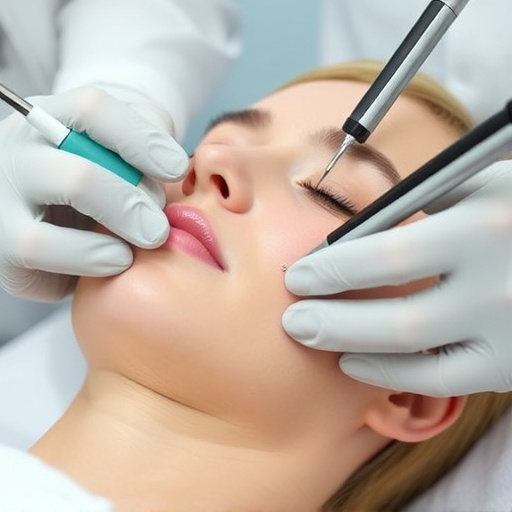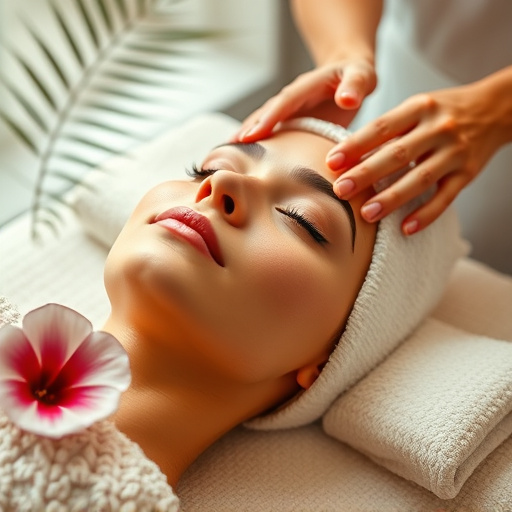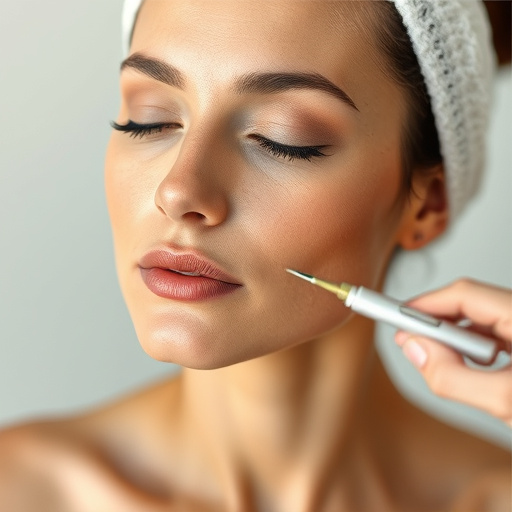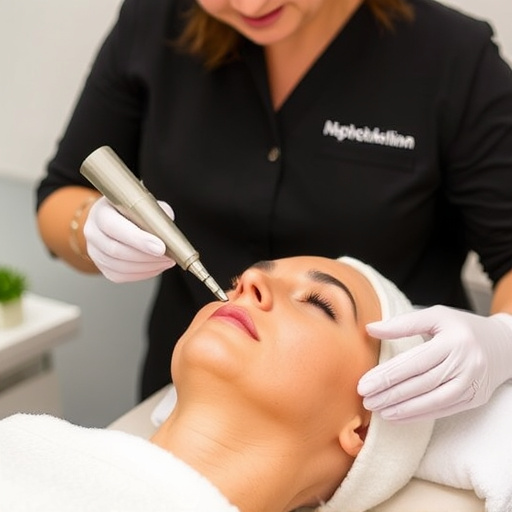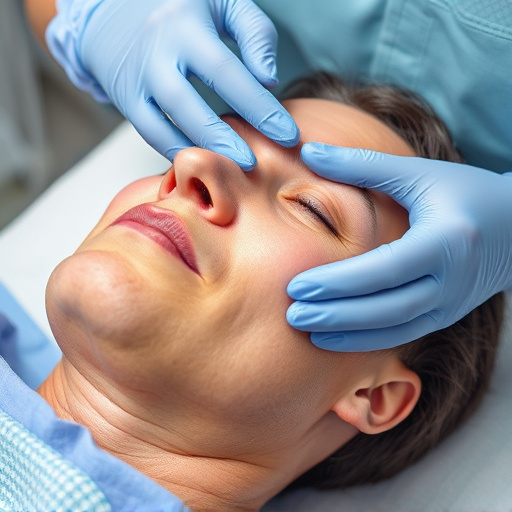Hormones play a significant role in the effectiveness of clinical strength treatments like facials and skin brightening procedures, impacting hydration, elasticity, and texture. Skilled practitioners recognize this hormonal-skin connection, tailoring treatments to address both surface symptoms and underlying hormonal factors for optimal aesthetic results. Balancing hormones, particularly estrogen and testosterone, is crucial for optimizing outcomes from clinical strength interventions aimed at skin health and body contouring, with personalized approaches incorporating lifestyle adjustments and targeted supplements recommended by healthcare professionals.
Hormones, often referred to as the body’s chemical messengers, play a pivotal role in our overall health and well-being. When it comes to clinical strength treatments, understanding their intricate dance with hormones is crucial. This article explores how these unseen players influence treatment outcomes and delves into strategies to optimize hormonal balance for enhanced clinical results. Unraveling this complex relationship offers valuable insights for both healthcare professionals and individuals seeking effective therapy.
- Understanding Hormones: The Unseen Players in Clinical Strength Treatments
- The Complex Relationship Between Hormones and Treatment Outcomes
- Strategies to Optimize Hormonal Balance for Enhanced Clinical Results
Understanding Hormones: The Unseen Players in Clinical Strength Treatments
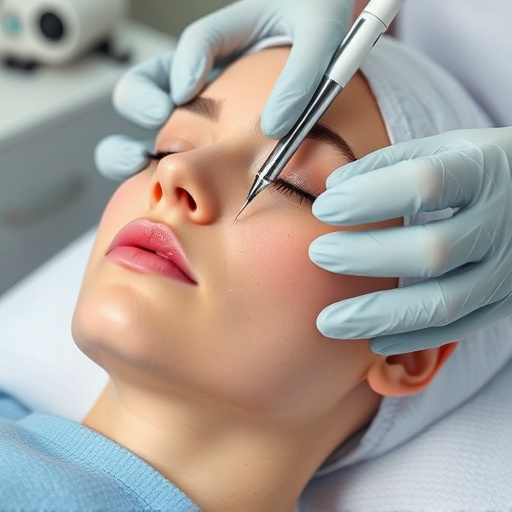
Hormones, often referred to as the “unseen players,” play a pivotal role in the outcome of clinical strength treatments. These chemical messengers, secreted by various glands, regulate and influence nearly every cell, tissue, and organ in our bodies, including our skin. In the context of skincare and aesthetic treatments like hydrating facials and skin brightening procedures, hormones can significantly impact results. For instance, estrogen and testosterone levels can affect skin hydration, elasticity, and overall texture, influencing how well a treatment penetrates and its long-term effectiveness.
Understanding this intricate relationship is crucial when considering clinical strength treatments. Hormonal imbalances or fluctuations can alter the skin’s response to procedures such as facial rejuvenation, anti-aging therapies, and pigment correction (skin brightening). Skilled practitioners recognize these connections, tailoring treatments to address both the surface symptoms and the underlying hormonal factors for optimal results in aesthetic procedures like hydrating facials.
The Complex Relationship Between Hormones and Treatment Outcomes
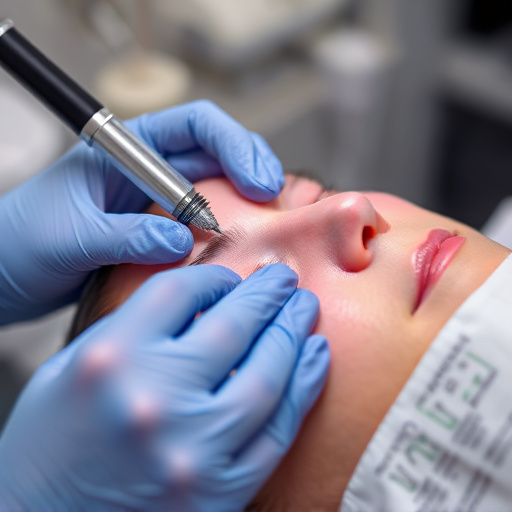
The intricate dance between hormones and clinical strength treatments reveals a complex relationship that significantly influences outcomes. Hormones, as chemical messengers in our bodies, play a pivotal role in regulating various physiological processes, including skin health. When it comes to aesthetic treatments like facial and wrinkle reduction therapies, this hormonal influence cannot be overlooked. For instance, estrogen and androgen levels can affect collagen production and skin elasticity, which are key factors in determining the effectiveness of clinical strength treatments aimed at enhancing skin appearance.
Understanding this dynamic interplay is crucial for tailoring these treatments to individual needs. Hormonal imbalances or fluctuations, whether due to natural processes, aging, or specific medical conditions, can impact how a person responds to aesthetic treatments. This means that for optimal results in facial treatments and other clinical strength interventions, healthcare professionals must consider the unique hormonal makeup of each patient, potentially adjusting treatment plans accordingly to achieve desired outcomes like enhanced skin texture and reduced signs of aging.
Strategies to Optimize Hormonal Balance for Enhanced Clinical Results
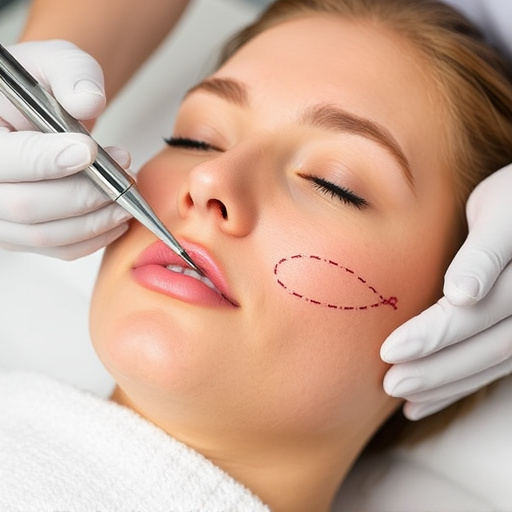
Maintaining hormonal balance is a key strategy to optimize results from clinical strength treatments, including those geared towards skin health and professional skincare applications like body contouring. Hormones play a significant role in regulating various physiological processes, including inflammation, collagen production, and cell turnover rates—all of which can impact the effectiveness of treatments. For instance, estrogen and testosterone levels can influence skin elasticity and hydration, affecting the outcome of anti-aging therapies or skin rejuvenation procedures.
To enhance clinical results, professionals in the field often recommend personalized approaches that cater to individual hormonal profiles. This might involve adjusting lifestyle factors such as diet, exercise, and stress management, as these can profoundly affect hormone levels. Additionally, targeted supplements and treatments designed to support hormonal equilibrium can complement clinical strength interventions, ensuring optimal conditions for achieving desired outcomes in professional skincare practices, including body contouring procedures.
Hormones, often referred to as the unseen players, significantly influence the outcomes of clinical strength treatments. Understanding their complex relationship is key to optimizing patient care. By implementing strategies to maintain hormonal balance, healthcare professionals can enhance treatment effectiveness, ensuring better and more consistent results for patients undergoing clinical strength therapies. This integrated approach acknowledges the intricate interplay between hormones and treatment success, promising a brighter future in medical practice.







